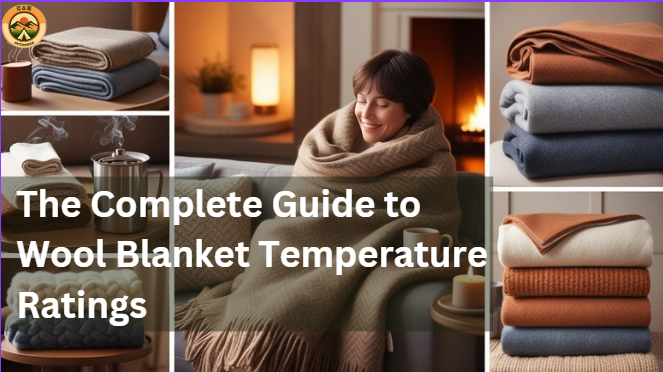Who doesn’t love the cozy embrace of a wool blanket on a chilly evening? Of course we all do! and we bet you do too. There’s just something about wool that makes you feel instantly warm and comfy, but do you know the science behind it!
Believe it or not, each woolen blanket comes with an often overlooked pretty cool feature – a temperature rating. It’s almost like having your personal thermostat bundled up in soft, fluffy fibers.
Intrigued right? Well hold onto your hot cocoa mugs; things are about to get warmer. Because from here, we’ll learn the science behind wool blanket temperature ratings while unraveling facts that will make you look at your favorite throw in an entirely new light.
Characteristics of Wool Blankets That Affect Temperature Rating
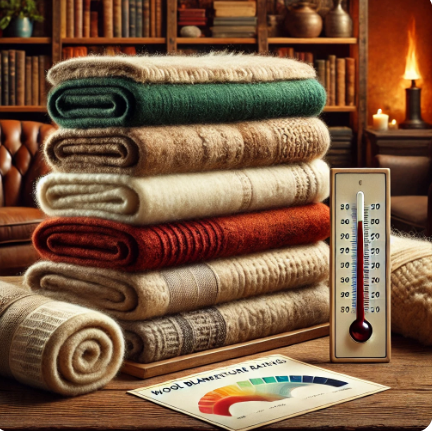
Understanding the appropriate temperature rating is essential when selecting the right wool blanket that meet your needs. The temperature rating indicates the blanket’s ability to provide warmth in varied conditions. Several factors contribute to a wool blanket’s temperature rating, including:
Insulation Properties
Wool is an excellent insulator due to its natural crimp and air pockets between fibers.It is known for it’s moderate R-value (Thermal resistance rating), usually around 3 to 4, which means they are good at preventing the transfer of heat and cold. This allows it to trap heat effectively and keep you warm even in cold weather.
Hence, ensure to include a wool blanket in your hiking or outdoor gears when planning an adventure during cold weather conditions or winter.
Breathability
Wool has moisture-wicking properties that help regulate body temperature by drawing moisture away from the skin. This breathability prevents overheating, making wool blankets suitable for all seasons.
Density
The density of a wool blanket refers to the number of fibers per square inch or centimeter. The density of a wool blanket can vary depending on the specific wool type and the manufacturing process, but below are afew examples of wool blanket densities:
- Ceramic Wool Felt Insulation Ceramic Fibre Blanket: This blanket consist of a bulk density range of 64–160 kg/m3. The denser the blanket the higher the tendence to retain heat as they create more insulation layers.
- High Quality Heat Insulation Glass Wool Blanket: This blanket has a density range of 20–80 kg/m3.
- Rock Wool Blanket: This blanket has a density of 80 kg/m3.
Methods for Determining a Wool Blanket’s Temperature Rating
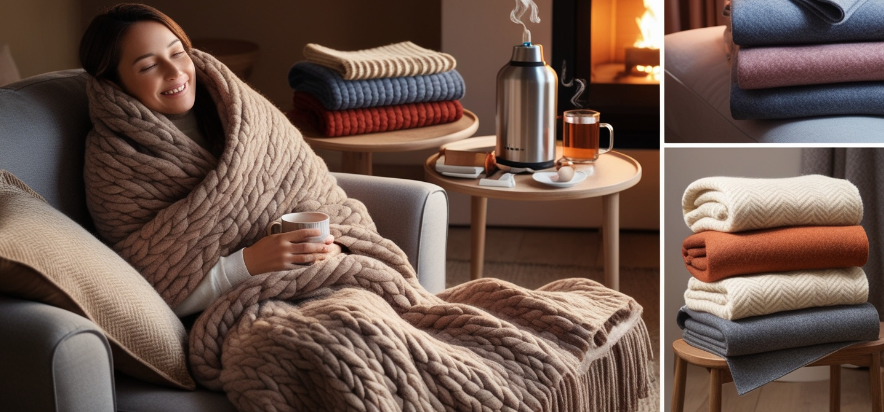
After exploring the characteristics of wool blankets that affect temperature rating, you will want to know the methods utilized in acurately determining the temperature rating of a wool blanket.
Though there are several methods used to determine a wool blanket’s temperature rating, here are proven methods to ensure accuracy:
a. Laboratory Testing
Thermal conductivity tests are used to measure how well heat transfers through the fabric (Wool). Hence, these tests involve exposing blankets to controlled temperatures and measuring heat loss over time.
This will enable you know the time frame for heat loss of the specific fabric.
b. User Field Trials
This involves real-world testing thus providing individuals with different blankets and collecting their feedback on comfort levels at various temperatures based on how they felt.
c. Manufacturer Specifications
Many manufacturers assign a specific temperature range based on their internal testing and customer feedback data. However, these ratings may vary between brands hence ensure to read product descriptions.
It is worth noting that individual preferences can also affect personal perceptions of warmth, so consider these ratings as general guidelines rather than strict rules.
Impact of Wool Quality on the Temperature Rating

The quality of wool used in manufacturing directly affects a blanket’s ability to retain warmth efficiently:
Fine Merino Wool
Merino wool is known for its softness and ability to regulate body temperature. Fine-grade Merino wool blankets provide excellent insulation, making them suitable for colder climates.
Coarse Wool
While coarse wool may not be as soft to the touch, it offers superior heat retention properties. Blankets made from coarser wool are ideal for extremely cold temperatures or individuals who easily feel the chill.
It’s important to choose a high-quality wool blanket made from premium fibers to ensure optimal warmth and durability.
Thickness and Its Influence on a Wool Blanket’s Heat Retention

The thickness of a wool blanket plays a significant role in its heat retention capabilities. Thick wool blankets have more bulk, allowing them to trap more air between fibers. This additional air acts as an insulating layer, providing enhanced warmth in colder conditions.
Thin wool blankets, on the other hand, tend to be lighter in weight but may still offer sufficient warmth for milder climates or when used alongside other bedding layers.
Consider your local climate and personal preferences when deciding on the thickness of your wool blanket.
How Weaving Pattern Influences the Thermal Capacity of a Wool Blanket
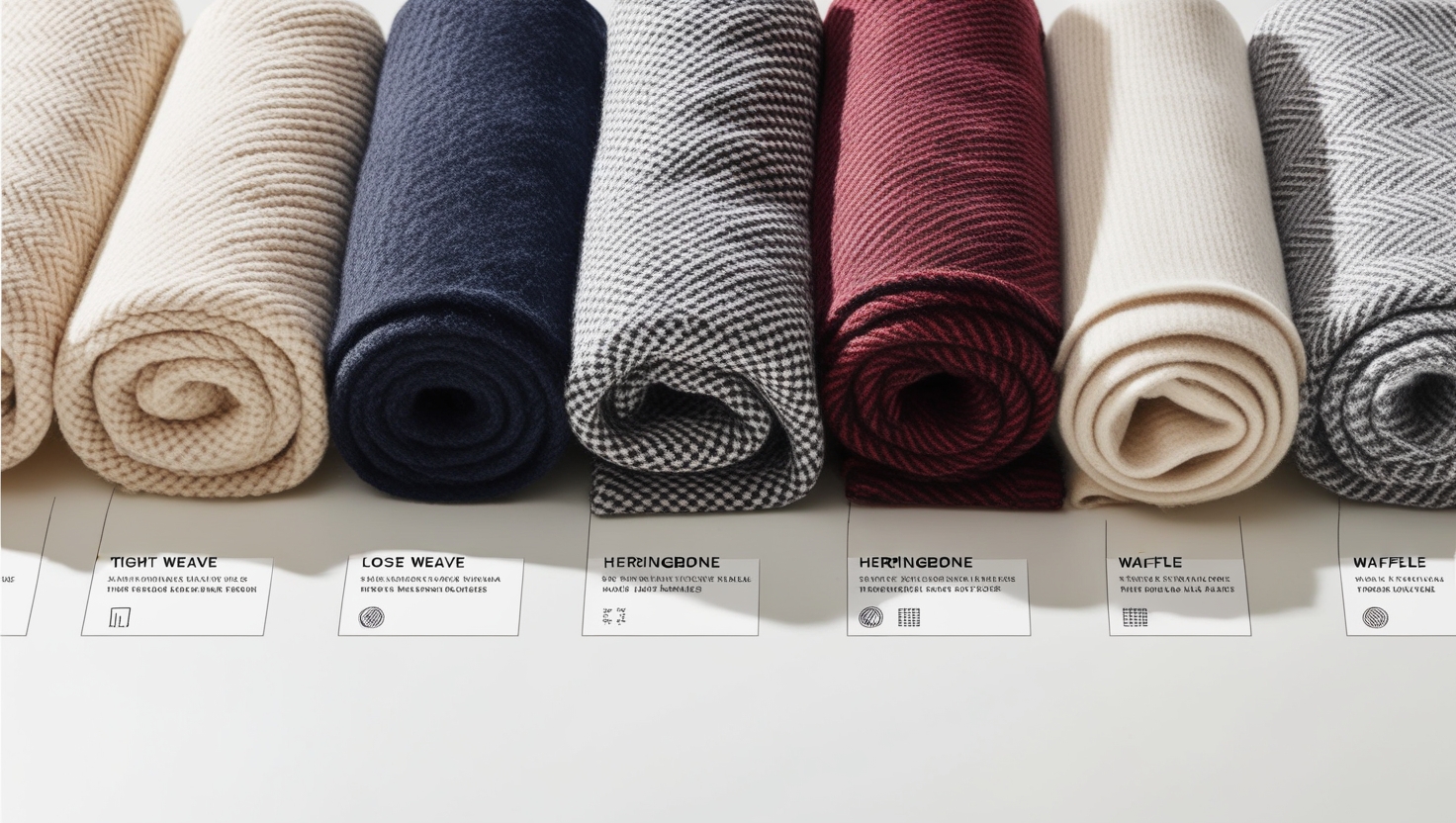
The weaving pattern used in creating a wool blanket can impact its thermal capacity:
Tightly Woven Patterns:
Tightly woven patterns create denser fabric structures that limit airflow through the blanket. These tightly woven blankets are better suited for colder temperatures as they retain heat effectively.
Looser Knit Patterns:
Looser knit patterns allow more airflow through the fabric, resulting in less insulation. These blankets are ideal for cooler summer nights or regions with mild winters where breathability is crucial.
Choose a weaving pattern that aligns with your desired level of warmth and ventilation needs.
Blend Materials and Their Impact on a Wool Blanket’s Insulation Properties
Wool blends often incorporate other natural or synthetic fibers, which can affect a blanket’s insulation properties:
Natural Fiber Blends
Blending wool with natural fibers like cotton or silk can enhance breathability and provide a softer texture. These blended blankets may be suitable for year-round use in moderate climates.
Synthetic Fiber Blends
Adding synthetic fibers like polyester to the blend increases durability and decreases water absorption capabilities. Wool blankets with synthetic fiber blends are often more resistant to shrinking and pilling.
Consider your priorities, such as softness, moisture management, and longevity when selecting a wool blanket blend material.
Practical Tips for Maximizing Warmth from Your Wool Blanket
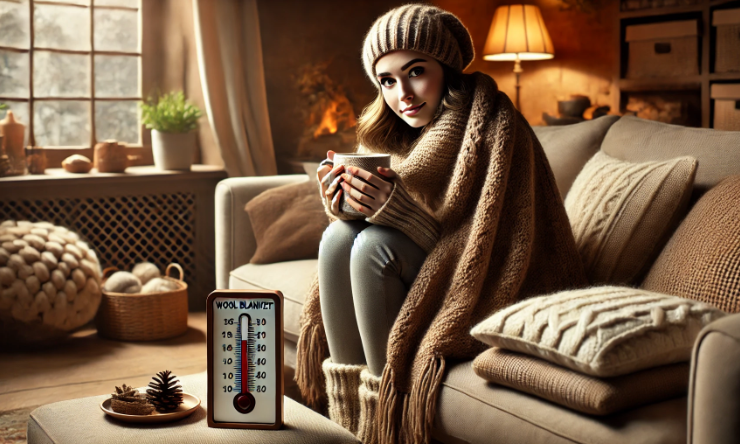
Once you’ve chosen the perfect wool blanket, here are some tips to maximize its warmth potential:
1. Layering: Layer your wool blanket with other bedding layers like sheets, duvets, or comforters for added insulation during colder months.
2. Invest in Proper Bedding Accessories: Use flannel sheets or mattress pads designed for extra warmth to enhance the overall coziness of your sleeping environment.
3. Maintain Proper Care Routine: Regularly air out your wool blanket to allow it to breathe while keeping it clean according to the manufacturer’s instructions. This helps maintain optimal loftiness and heat retention over time.
4. Store Correctly During Off-Seasons: When not in use, store your wool blankets properly by folding them neatly or keeping them inside breathable storage bags. Protecting them from moths and excessive humidity will preserve their quality for years to come.
Summary
By understanding how temperature ratings are determined and considering various factors such as insulation properties, thicknesses, weaving patterns, and others as listed above, finding the perfect cozy partner that keeps you warm all year long becomes an achievable task!
While at it, remember that individual preferences also play into personal perceptions of warmth. Experiment with different combinations until you find what works best for you! Stay snug with a high-quality wool blanket that provides sustainable warmth and comfort for years to come.
